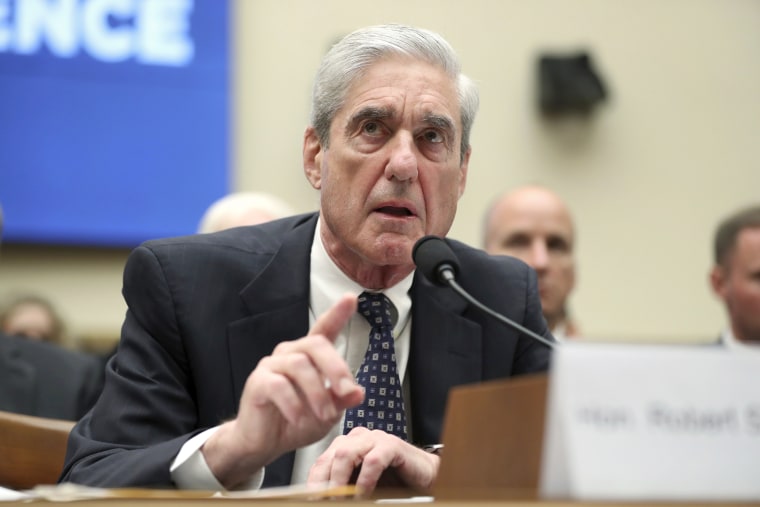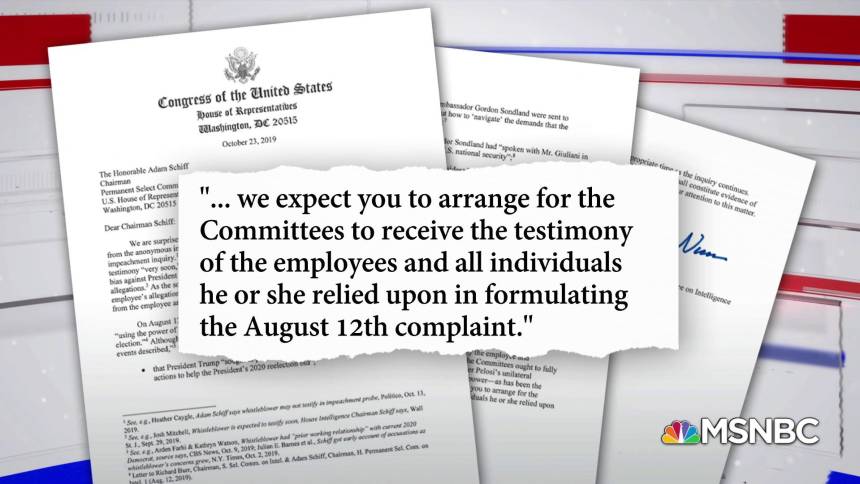The New Yorker – The Sporting Scene
The Washington Nationals Won the Most Memorable World Series in Years

We’re better than ever at predicting baseball. But, as Howie Kendrick’s Game Seven home run against the Astros showed, we still know next to nothing. Photograph by Rob Tringali / MLB / Getty
This season’s Houston Astros were the best Major League Baseball team in years. Facing the Washington Nationals, they were the biggest World Series betting favorites since the second Bush Presidency. The team was put together by a front office that was aggressive, forward-looking, and—even before the franchise characterized a credible report of an ugly clubhouse incident as fake news—very easy to dislike. (The team later retracted its attack on the story.) The team’s owner, Jim Crane, previously ran a company that, according to the Equal Employment Opportunity Commission, “demoted women from managerial positions, maintained a hostile workplace, paid blacks, Hispanics and women less than male and white counterparts, and shredded important documents.” The company was also investigated for war profiteering, and settled the case with the Justice Department for seven hundred and fifty thousand dollars. (Crane was not personally implicated in the profiteering charges.)
But the Astros’ players, it’s worth noting, were—one opportunistically acquired relief pitcher aside—equally easy to like. José Altuve, the team’s tiny thumb of a second baseman, has turned himself into a near-impossible out. Alex Bregman, the young star third baseman, was so excited about a home run that he hit in Game Six of the World Series, on Tuesday, that he toted his bat past first base. (He later apologized.) But my favorite member of the team was the pitcher Zack Greinke, who started Game Seven, on Wednesday night. Greinke may make the Hall of Fame someday, but he was a somewhat forgotten figure in the series, obscured by the brilliance of his teammates Gerrit Cole and Justin Verlander, and the Nationals’ pair of aces, Stephen Strasburg and Max Scherzer. Greinke is thirty-six, a sixteen-year veteran of the majors; at the beginning of his career, he had such crippling social-anxiety disorder that he briefly quit baseball. (He credits his return, and his relative comfort, to Zoloft.) He’s also smart, funny, and weird—when I was covering baseball for the Los Angeles Times, I always looked forward to talking to him.
On Wednesday night, Greinke couldn’t have pitched better through six innings. In the seventh, he made one very forgivable mistake, giving up a home run to Anthony Rendon. Then he walked Juan Soto. The Astros still led, 2–1, but Houston’s manager, A. J. Hinch, pulled Greinke, who’d thrown just eighty pitches, and brought in Will Harris to face the next batter, Howie Kendrick.
Kendrick, like Greinke, is thirty-six. He grew up in a double-wide trailer in the tiny town of Callahan, Florida, near the knob where the state meets Georgia. He learned to play baseball by swinging a broomstick at spiky sweetgum balls that fell from the trees. He played at St. Johns River State, a junior college in Palatka, where a single major-league scout came to see him. That scout told the Los Angeles Angels to draft him, and Kendrick became a big-league hitter—consistent, professional, a guy who put the ball in play. He had one outstanding season but has usually been closer to solid. By the time he arrived at the Nationals’ spring-training facility, this year, the team thought he had nothing left.
We are smack in the middle of baseball’s second analytics boom: teams track the number of times a fastball revolves on its way to the plate and confidently project players’ final stat lines. We’re better at prediction than ever, and—thank goodness—we still know next to nothing. When Kendrick came to the plate in the seventh, he swung at a curveball and missed. Then Harris threw a great cutter, low and away. Kendrick stuck his bat out—and sent the ball off the foul pole in Houston’s short right field: home run, Nationals in the lead. They never lost it; the final score was 6–2. After the game, Harris said, “It’s baseball: you don’t know what’s going to happen.”
Fifty games into the regular season, the Nationals had nineteen wins and thirty-one losses. They were five and a half games back of the Mets. (The Mets!) They had two great arms, Strasburg and Scherzer, and a few stud bats, and then just some guys. But they started winning, and made the playoffs, and then kept threatening to bow out: the team faced five elimination games in the post-season, and trailed at some point in all five. Among the pitchers they faced in those games were Verlander, Greinke, Clayton Kershaw, and Josh Hader—hurlers, all. But, when it counted most, the Nationals never lost.
No team from Washington, D.C., had won the World Series since 1924, when the Senators did it. D.C. was also the setting for the series’ intersection with non-baseball history, when Nationals fans lustily booed President Donald Trump, who attended Game Five, and chanted “Lock him up!” It was one of those moments that fixes baseball in time, and insures that a set of games will be remembered even after many more have been played. But the series had more than enough drama on the field. Scherzer, who started Game Seven, was supposed to go in Game Five, on Sunday, but couldn’t get out of bed. His neck was spasming so badly that his wife had to dress him. When he announced his scratched start, he looked as if he might cry. Suddenly, on Tuesday, the pain was gone. He lasted only five innings, but they were enough.
Throughout the playoffs, Juan Soto, the Nationals’ budding superstar, danced and preened and licked his chops in the batter’s box between pitches—and then hit baseballs to the moon. He turned twenty-one last week, just in time for the champagne celebration. “He had his first beer tonight, which is kind of nice,” his manager, Dave Martinez, said after the game. Cheers.












